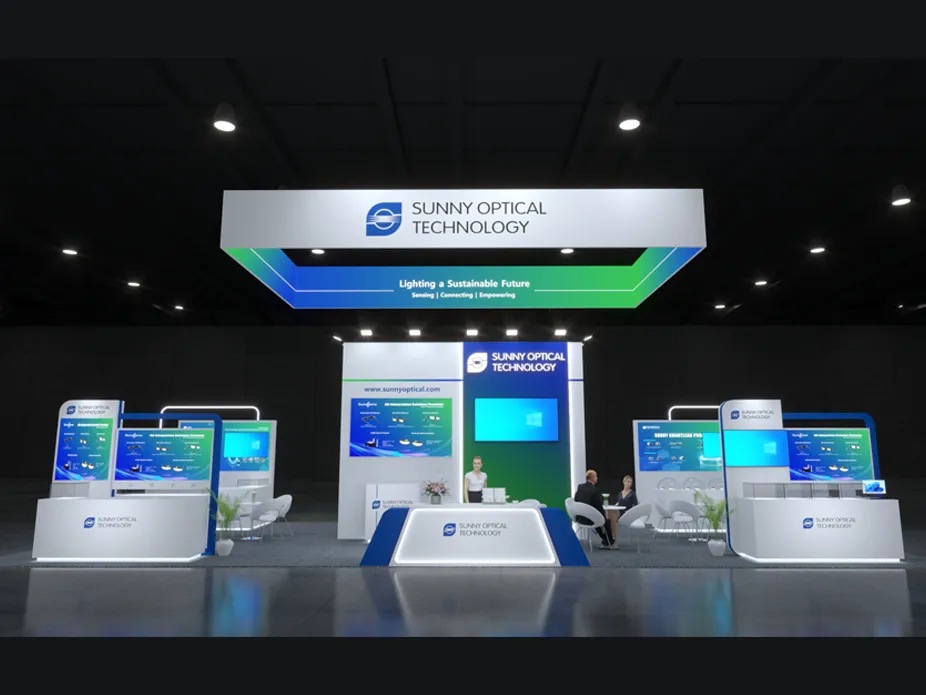With the increasing demand for perception distance and more detailed perception content in ADAS functions, cameras with higher resolution are becoming more popular. As the most important imaging optical component, automotive lens have higher requirements.
Automotive lenses require high durability and thermal stability. In terms of materials, lens elements for automotive lens can be made of glass or plastic. Glass lens elements have high durability, scratch resistance, and better temperature performance, and therefore are more commonly used in high-end products.
However, plastic lens elements are cheaper but have poorer imaging effects and are easily deformed in the harsh environments of automobiles, affecting imaging quality.
Currently, taking cost and performance into account, automotive lens manufacturers are gradually beginning to use glass-plastic hybrid lenses as their main product, while some high-end lenses adopt all-glass solutions.
The performance comparison between plastic and glass lens elements is as follows:
Plastic lens elements:
Advantages: Lightweight, low cost, low process difficulty, suitable for mass production;
Disadvantages: Slightly lower transmittance, poor heat resistance, large thermal expansion coefficient, poor wear resistance, low mechanical strength, etc.
Glass lens elements:
Advantages: High performance, high transmittance;
Disadvantages: Mainly difficult to mass produce, low yield rate, high cost.
Spherical lens elements can cause aberration problems, that is, the focal point of light entering from the center of the lens does not coincide with that of light entering from the edge of the lens, resulting in imaging blur. Spherical lens elements require multiple lens elements to be combined to reduce aberrations.
Non-spherical lens elements are lens elements composed of non-spherical curved surfaces in addition to spherical and planar curved surfaces. By changing the curvature of the lens element, light can converge at a fixed focal point, solving the problem of aberration, and only one lens element is required to achieve this. Therefore, non-spherical lens elements have the advantages of miniaturization, lightweight and good imaging effects, and have become the best solution for high-pixel automotive lens.
Plastic non-spherical lens elements are produced by injection molding, while glass non-spherical lens elements are produced using high-quality optical glass and precision-controlled hot-pressing technology.
Self-cleaning and anti-pollution:
Currently, mainstream manufacturers will at least coat the surface of the automotive lens with a waterproof film, which can effectively remove dirt by means of water spray cleaning.
Anti-fogging and defrosting:
Currently, there are two directions in the industry. One is to coat the lens with a film, with a waterproof film on the outside of the lens and a hydrophilic film on the inside; the other is to use a heating scheme, either heating the entire lens or applying a transparent conductive film to the surface of the lens to achieve heating, thereby achieving the purpose of defogging and defrosting.

【Exhibition Invitation】Visit us at CES 2026!
2025-12-10

Sunny Optical Gets Group LiDAR Standard Approved, Using Innovative Optical Solutions to Unlock Key Step in Mass Production
2025-11-25
![[Exhibition Invitation] Sunny Automotive Optech Invites You to the 26th China International Optoelectronic Exposition (CIOE 2025) [Exhibition Invitation] Sunny Automotive Optech Invites You to the 26th China International Optoelectronic Exposition (CIOE 2025)](/uploads/image/20250908/首图7.webp)
[Exhibition Invitation] Sunny Automotive Optech Invites You to the 26th China International Optoelectronic Exposition (CIOE 2025)
2025-09-08

Inquiry
Excellent Customer Service Ability
Key customer manager mechanism
Oversea supporting points
Excellent Process Control Ability
Fully automated production
DMC traceability management
VDA6.3 / IATF16949 verifications
Excellent R&D Ability
Advanced technology new product development cooperation
Cost-effective optical solution proposal based on customer needs
Ecosystem resource integration